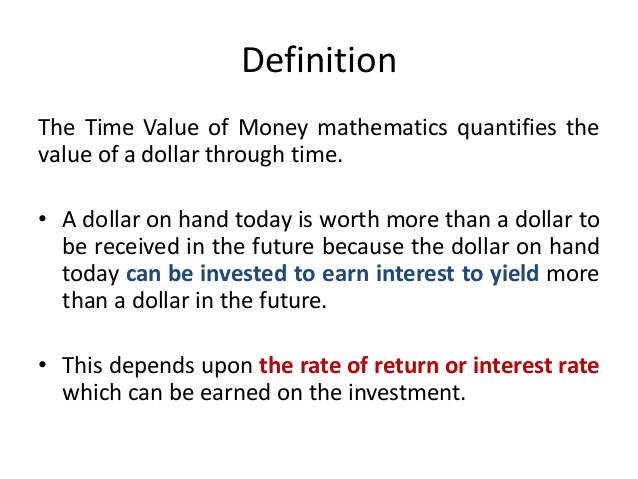Content

The difference between the decrease and the accumulated depreciation is transferred to the income statement. When fixed assets are revalued , it is always helpful to know both the original cost and accumulated depreciation of each fixed asset. At any given time, the balance on a provision for depreciation account represents the total accumulated depreciation that has been provided against a particular asset. The purchased PP&E’s value declined by a total of $50 million across the five-year time frame, which represents the accumulated depreciation on the fixed asset. In accrual accounting, the “accumulated depreciation” on a fixed asset is therefore the sum of all depreciation since the date of original purchase.
- Fixed assets, such as land and vehicles, generally depreciate more slowly than intangible assets, such as intellectual property.
- It is a calculation used to decide whether or not to purchase or keep an investment.
- In simple terms, Accumulated Depreciation is a running total of the depreciation expense that has been charged to the asset since it was acquired.
- The Plant and Equipment asset account is not credited because, unlike a prepaid, a truck or building does not get used up and does not disappear.
The values of all assets of any type are put together on a balance sheet rather than each individual asset being recorded. A liability is a future financial obligation (i.e. debt) that the company has to pay. Accumulation depreciation is not a cash outlay; the cash obligation has already been satisfied when the asset is purchased or financed. Instead, accumulated depreciation is the way of recognizing depreciation over the life of the asset instead of recognizing the expense all at once.
When Does Depreciation Expense Become Negative?
Let’s say you have a car used in your business that has a value of $25,000. It depreciates over 10 years, so you can take $2,500 in depreciation expense each year. Long-term assets that can be depreciated include buildings, machinery, equipment, furniture, and vehicles.
A practical accountability measure is to set a hard date by which your balance sheet must be closed each month. The balance sheet has been around for a long time, and for good reason. It helps fill in the gaps, or provide a fuller understanding, of the health of your business at a given point in time. Reviewing your balance sheet regularly will help you better manage your business, so use this article as a starting point (and motivation!) for learning how to read one.
Step 1. Balance Sheet Assumptions (Capex, PP&E Useful Life and Salvage Value)
Book value is the actual worth of an entity’s equity, determined by subtracting the total liabilities from the total assets. The calculation does accumulated depreciation have a credit balance is done at a given time, typically every quarter. Book value determines a company’s financial strength and potential for growth.
- Accounting doesn’t allow a negative depreciation method, but you can present property, plant, and equipment at fair value under the revaluation method.
- No entry relating to depreciation is made in a fixed asset account.
- To find accumulated depreciation, look at the company’s balance sheet.
- On the other hand, accelerated depreciation refers to a method of depreciation where a higher amount of depreciation is recognized earlier in an asset’s life.
Jim’s Pizza can calculate its total annual depreciation expense by multiplying its yearly depreciation rate by the estimated number of years remaining in the oven’s lifespan. First, as no entry is made in the fixed asset account, it continues to show the historical cost of the asset. A separate provision for Depreciation accounts ensures that the total accumulated Depreciation is always known for each fixed asset. Lastly, when fixed assets are revalued , it is always helpful to know both the original cost and accumulated depreciation of each fixed asset.
Travel Expenses
Under the sum-of-the-years’ digits method, a company strives to record more depreciation earlier in the life of an asset and less in the later years. This is done by adding up the digits of the useful years, then depreciating based on that number of year. Depreciation is recorded to tie the cost of using a long-term capital asset with the benefit gained from its use over time. Capitalization is an accounting method in which a cost is included in the value of an asset and expensed over the useful life of that asset.

Depreciation AccountDepreciation is a systematic allocation method used to account for the costs of any physical or tangible asset throughout its useful life. Its value indicates how much of an asset’s worth has been utilized. Depreciation enables companies to generate revenue from their assets while only charging a fraction of the cost of the asset in use each year. Under MACRS, the IRS assigns a useful life to different types of assets.
